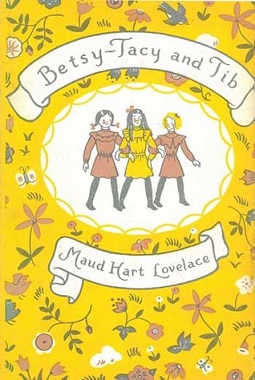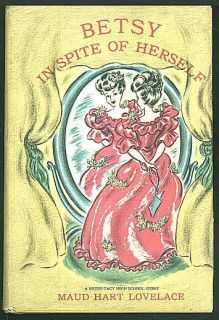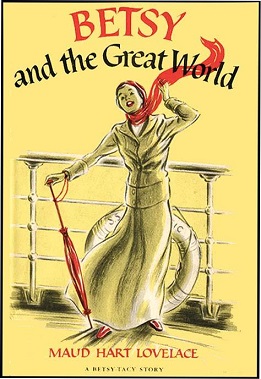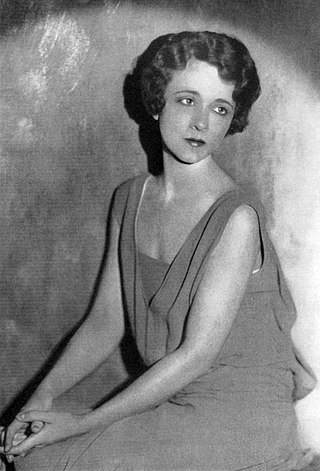
Tess of the d'Urbervilles: A Pure Woman is a novel by Thomas Hardy. It initially appeared in a censored and serialised version, published by the British illustrated newspaper The Graphic in 1891, then in book form in three volumes in 1891, and as a single volume in 1892. Although now considered a major novel of the 19th century, Tess of the d'Urbervilles received mixed reviews when it first appeared, in part because it challenged the sexual morals of late Victorian England. Tess was portrayed as a fighter for her rights and for the rights of others.

Alice Brady was an American actress who began her career in the silent film era and survived the transition into talkies. She worked until six months before her death from cancer in 1939. Her films include My Man Godfrey (1936), in which she plays the flighty mother of Carole Lombard's character, and In Old Chicago (1937) for which she won the Academy Award for Best Supporting Actress.

Betsy Palmer was an American actress known for her many film and Broadway roles, television guest-starring appearances, as a panelist on the game show I've Got a Secret, and later for playing the antagonist and mother of Jason Voorhees, Pamela Voorhees, in the first Friday the 13th film (1980).

Maud Hart Lovelace was an American writer best known for the Betsy-Tacy series.
The Betsy-Tacy books are a series of semi-autobiographical novels by American novelist and short-story writer Maud Hart Lovelace (1892-1980), which were originally published between 1940 and 1955 by the Thomas Y. Crowell Co. The books are now published by HarperCollins. The first four books were illustrated by Lois Lenski and the remainder by Vera Neville.

Betsy-Tacy (1940) is the first volume in the Betsy-Tacy series by Maud Hart Lovelace.

Betsy's Wedding (1955) is the tenth and final book in the Betsy-Tacy series written by Maud Hart Lovelace. Set in Minneapolis, Minnesota, the book tells the story of the early married life of the main character, Betsy Ray, and her high-school sweetheart, Joe. The characters of Tacy Kelly and Tib Muller also recur in this novel, as they did in all the novels covering the high-school years. The book, along with the entire Betsy-Tacy and Deep Valley series, was republished in 2000 by HarperTrophy with a new cover art illustrated by Michael Koelsch.

Betsy-Tacy and Tib (1941) is the second volume in the Betsy-Tacy series by Maud Hart Lovelace. The book, along with the entire Betsy-Tacy and Deep Valley series, was republished in 2000 by HarperTrophy with a new cover art illustrated by Michael Koelsch.

Betsy and Tacy Go Over the Big Hill (1942) is the third volume in the Betsy-Tacy series by Maud Hart Lovelace. The book, along with the entire Betsy-Tacy and Deep Valley series, was republished in 2000 by HarperTrophy with a new cover art illustrated by Michael Koelsch.

Heaven to Betsy (1945) is the fifth volume in the Betsy-Tacy series by Maud Hart Lovelace. Heaven to Betsy, describing Betsy's first year in high school, is written for an older age group than the earlier Betsy-Tacy books. The book, along with the entire Betsy-Tacy and Deep Valley series, was republished in 2000 by HarperTrophy with a new cover art illustrated by Michael Koelsch.

Betsy in Spite of Herself (1946) is the sixth volume in the Betsy-Tacy series by Maud Hart Lovelace. The book, along with the entire Betsy-Tacy and Deep Valley series, was republished in 2000 by HarperTrophy with a new cover art illustrated by Michael Koelsch.

Betsy Was a Junior (1947) is the seventh volume in the Betsy-Tacy series by Maud Hart Lovelace. The story spans the title character's junior, or eleventh grade, year in high school. The book, along with the entire Betsy-Tacy and Deep Valley series, was republished in 2000 by HarperTrophy with a new cover art illustrated by Michael Koelsch.

Betsy and Joe (1948) is the eighth volume in the Betsy-Tacy series by Maud Hart Lovelace. This installment spans the title characters' senior, or twelfth grade, year in high school. The book, along with the entire Betsy-Tacy and Deep Valley series, was republished in 2000 by HarperTrophy with a new cover art illustrated by Michael Koelsch.

Betsy and the Great World (1952) is the ninth volume in the Betsy-Tacy series of children's fiction by Maud Hart Lovelace. The book, along with the entire Betsy-Tacy and Deep Valley series, was republished in 2000 by HarperTrophy with a new cover art illustrated by Michael Koelsch.

Doris Margaret Kenyon was an American actress of motion pictures and television.
Night World is a series of nine young adult fantasy novels by American author L. J. Smith. In the series, vampires, witches, werewolves, and shape-shifters live among humans without their knowledge, making up a secret society known as the Night World. The society enforces two fundamental laws to prevent discovery: never allow humans to gain knowledge of the Night World's existence, and never fall in love with a human.

Room for One More is a 1952 American family comedy-drama film directed by Norman Taurog, produced by Henry Blanke, and starring Cary Grant and Betsy Drake. The screenplay, written by Jack Rose and Melville Shavelson, was based on the 1950 autobiography of the same name by Anna Perrott Rose.

Betsy's Kindergarten Adventures is an American animated television series intended for young children. The show aired from January 12, 2008 to September 27, 2009 on PBS Kids.

Bergetta "Dorothy" Peterson was an American actress. She began her acting career on Broadway before appearing in more than eighty Hollywood films.
The Mother-Daughter Book Club is a series of children's novels written by Heather Vogel Frederick. The books center around the lives of five different preteens, and eventually teenage girls who become best friends because of the book club that their mothers start. The girls live in a slightly fictionalized Concord, Massachusetts.

















